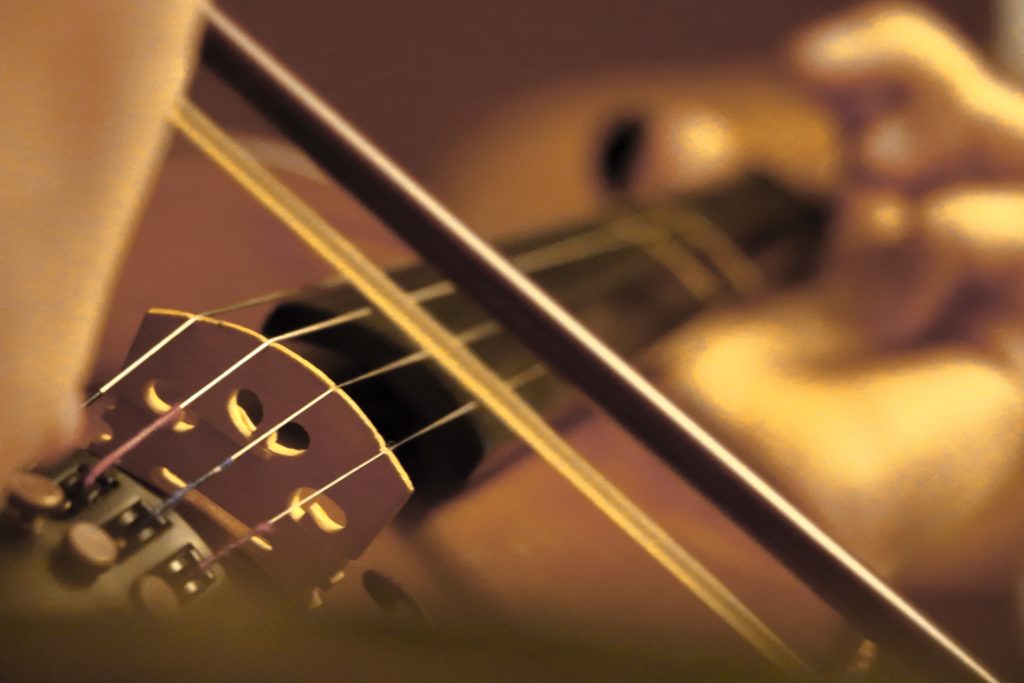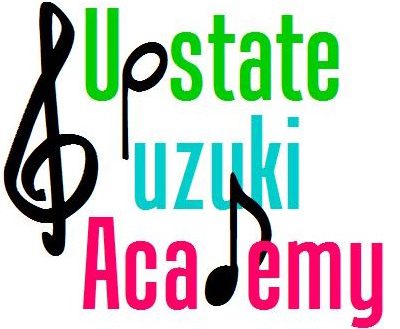There are three things that create good tone on a bowed string instrument (violin, viola, cello and string bass). They are bow weight, bow speed and bow placement (either position on the bow hair or distance between the bridge and fingerboard) – assuming all other physical aspects of your instrument are properly set up. Other things that can effect the tone are the age of your strings, the age of your bow hair, the amount of rosin on your bow and the placement of your bridge, among other things.

In Suzuki method instruction, we teach students to play in the middle of the bow, with medium weight, and equal distance from the bridge and fingerboard. I say “equal weight”, but it’s with enough weight to grab the string and cause sufficient friction for a clean staccato stroke. Second, Suzuki students learn to even out the speed to create legato bow strokes. What tends to happen naturally is the weight evens out with the smoother stroke.
But as bowing gets more complex, every student needs to be aware of all three aspects of the bow stroke, so they can control it. When they move to the lower strings, more weight is required, which also effects speed (basic physics here). Your teacher may tell you to use more bow, but what they mean is more speed to cover more ground on the bow hair, which also will effect the weight you need to use.

If one side of a triangle changes, at least one of the other sides must also be lengthened or shortened.
Every note requires its own combination of the three things – bow weight, bow speed, and bow placement. If one is altered, at least one other side of the triangle must be adjusted. If you think back to high school geometry, or even before that, if one side of a triangle changes, at least one of the other sides must also be lengthened or shortened. The concept is the same here.
Playing a musical instrument is much more than just learning to play the notes. We have to plan ahead for each movement, each finger placement, each bow stroke, to get the best sound possible, and to express the music the way the composer wrote it. Ask your teacher to help with your bow strokes, and be sure to think about your sound as you continue your progress on your pieces. Record yourself from time to time, to make sure you sound the way you think you do.
If you like this post, and want to learn more, subscribe to my mailing list! If you’re in the Anderson area, schedule a free lesson to see how I can help you be a better musician!
